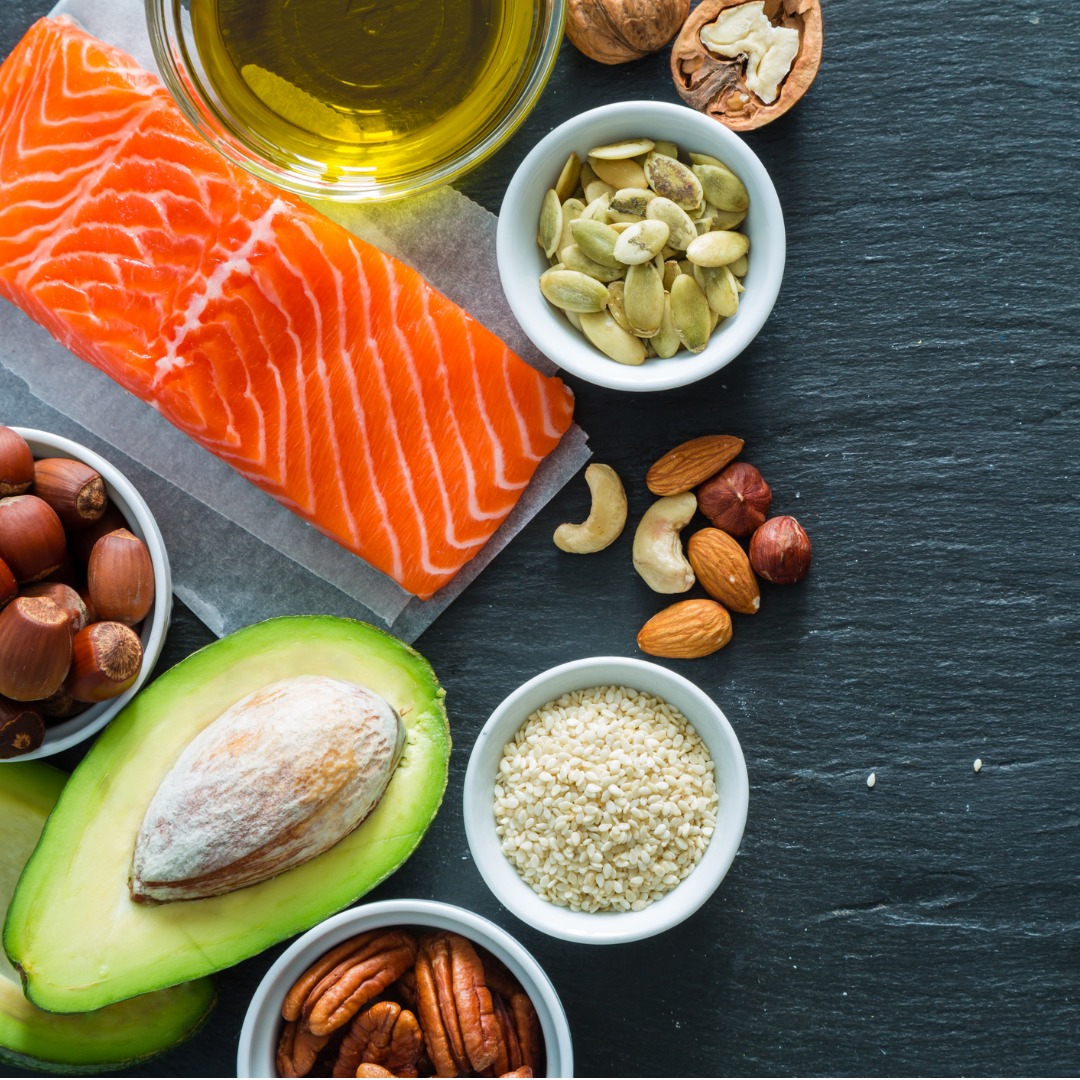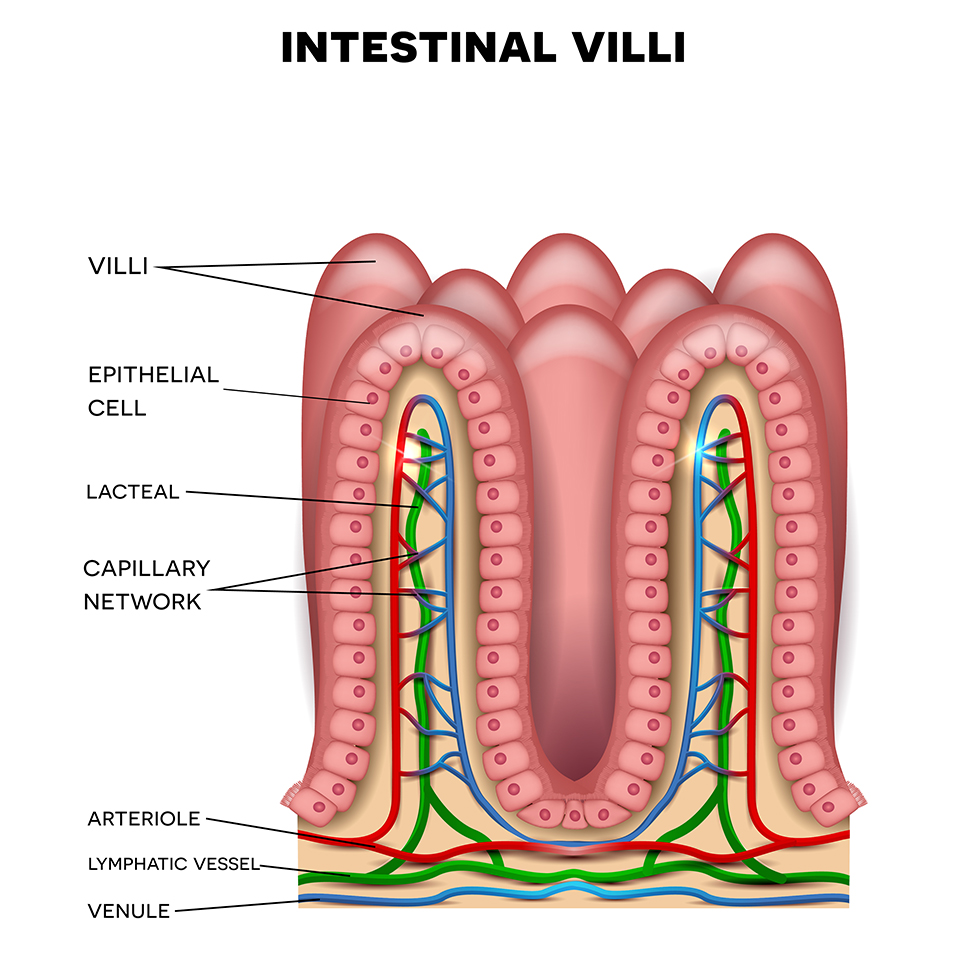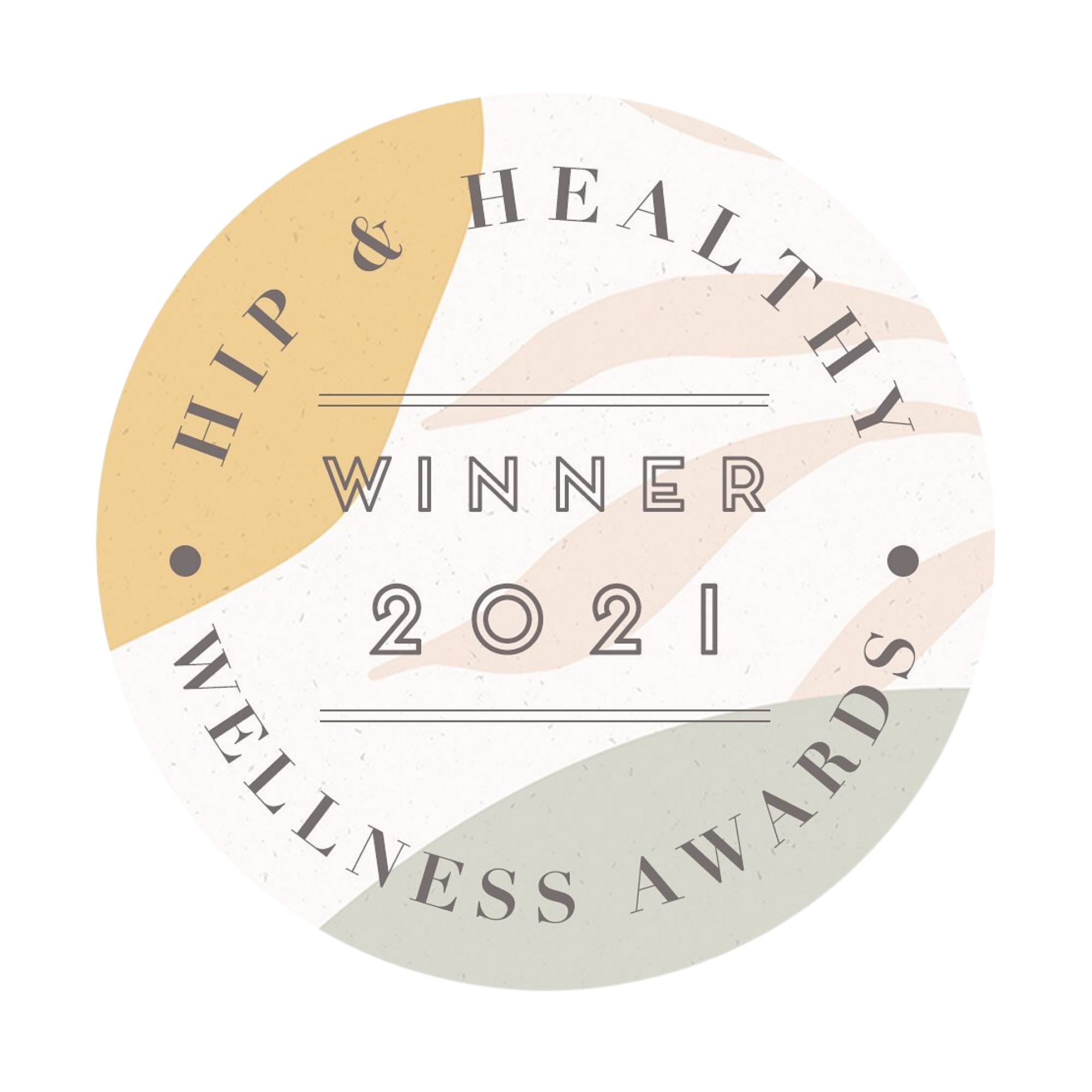
Unlike other nutrients, fat cannot be absorbed directly into the blood from the gut because fat molecules are simply too large to be taken up by the tiny capillaries that line it; it would simply clog them up. Instead, it must be absorbed by another route – the lymphatic system.

How to buy a Body Ballancer®
Find Out moreThe lymphatic system and fat digestion
Why the quality of the fats we consume is vital
Whether it comes from the finest extra virgin olive oil or the 3 a.m. burger van raid, all the fat we eat is absorbed by the lymphatic system before onward transmission into the bloodstream where it can be used as fuel.
Unlike other nutrients, fat cannot be absorbed directly into the blood from the gut because fat molecules are simply too large to be taken up by the tiny capillaries that line it; it would simply clog them up. Instead, it must be absorbed by another route – the lymphatic system.
What is digestion?
Digestion – or more correctly ‘the digestive process’ – is the act of breaking down liquid and solid food into the microscopic substances that can then be transported in the blood to provide energy and nourishment to all parts of the body.
Very simply, it can be summarised into four stages:
- Ingestion – the process by which we introduce food into the body via the mouth and the actions that take place, such as chewing, mixing with saliva and swallowing.
- Digestion – specifically covers the initial decomposition of the food and liquid ingested into a form that can be absorbed by the cells and tissues of the body. There are two types of digestion.
- Mechanical digestion – includes both the chewing and grinding of food by the teeth as well as the churning and mixing of the contents of the stomach
- Chemical digestion – refers to the action of digestive enzymes, acids, bile salts etc. which also begins in the mouth with action of saliva on food. Most of the chemical digestive processes however occur in the stomach and small intestine
- Absorption and assimilation – the process by which digested food is absorbed into the blood and lymph and then taken (or ‘assimilated’) into the body tissues.
- Elimination- the final stage of the digestive process, covering the excretion of waste products from the bowel as well as liquid waste from the blood via the kidneys and urinary tract.
Introducing the lacteal
Most of the absorption part of the digestive process occurs in the small intestine, which is lined with millions of minute finger-like protrusions called ‘villi’ which greatly increase its surface area, and therefore the rate at which absorption can take place. Each villi has its own capillary blood supply, together with a specialised lymphatic vessel called a lacteal.
Water-soluble nutrients such as proteins, carbohydrates and certain vitamins and minerals pass into the blood stream through the capillary, where they are transported directly to the liver and onward to whatever organs and tissues of the body require them.
This is not so with the remaining fats and fatty acids, which take a different route, instead being absorbed through the lacteals. The resulting mixture of lymphatic fluid and fats – a milky-white substance known as ‘chyle’ – is carried through the lymphatic network and into the largest of the lymphatic vessels – the thoracic duct and thenceforth directly into the heart. It is only at this point that the fats we have eaten enter the bloodstream.
This has a number of implications, one being the importance of keeping the gut clean and healthy, including making sure that our lymphatic system is clear of any blockages and flowing freely. By doing so, we will enable the millions and millions of villi to quickly and effectively absorb the nutrients we have ingested,
But arguably the most significant implication regards the quality of the fats we eat.
Since the bad as well as the good fats pass through the heart before they have benefited from the detoxifying process performed by the liver, the quality of the fats we eat comes into very sharp focus. It is for this reason that we are constantly being reminded to reduce consumption of processed foods that are laden with trans and saturated fats and instead eat the more healthy mono and polyunsaturated fats to be found in oily fish, nuts, avocados and extra virgin olive oil.
A vital point that should be borne in mind when the next lecture about the virtues of Omegas 3 and 9 comes along!
